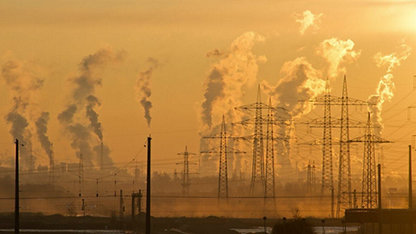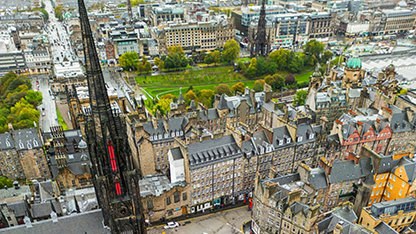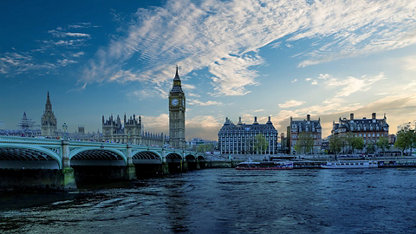There are two main reasons why a city may experience water stress: limited availability of water, and ineffective infrastructure to get water to where it’s needed. In fact, many water-stressed cities have potential access to abundant water, but financial constraints prevent them building the infrastructure required. This kind of economic water scarcity is largely due to a lack of political understanding of the importance of water, even though people may be able to afford it.
When cities run short of water, multiple problems can occur, including large-scale emergencies. Temporary water rationing to match rising demand with falling supply can turn into long-term or even permanent rationing – which could result in people not drinking enough – and suppressed industrial and economic productivity.
Urban centres cut off from the rationed water may begin to obtain water by other, expensive, means – buying it from tankers or by the bottle. And if a city’s consistent water supply breaks down, it could lead to sanitation problems and outbreaks of water-borne diseases if wastewater is improperly treated or disposed of.
However, if the political will is there, many water-stressed cities can reinforce their supplies. There are numerous options, including innovative methods of pumping or transporting water hundreds of miles – but one of the most chronically overlooked is recycling wastewater. Indeed, many water-stressed cities could solve their scarcity problems using this method.
In cities with a piped water and sewer network, 80% of the water pumped into homes ends up in the sewer – and toilets flush away the largest amounts. With just a few steps of treatment, this wastewater can be made potable, hugely reducing the net amount of water needed to be brought into the system from external natural sources. And although expensive, this is nowhere near as costly as desalinating seawater.
There are two methods: indirect potable reuse, where treated water is drawn into the system through an environmental buffer, such as a lake, reservoir or aquifer; or direct potable reuse, where treated water is pumped directly into the water network. Still, one big problem with this method is perception – headlines about drinking “dirty” water are common when it’s used.
However, people in London already drink water from the Thames, where treated wastewater has been released upriver – a classic example of indirect potable reuse. In many ways, normalising the planning of indirect potable reuse, and increasing its acceptance, will be crucial over the coming decade to mitigate water shortages.
- Michael Norton is the director of Michael Norton Water Consultancy
- This article originally appeared in the January 2020 issue of Modus.
















